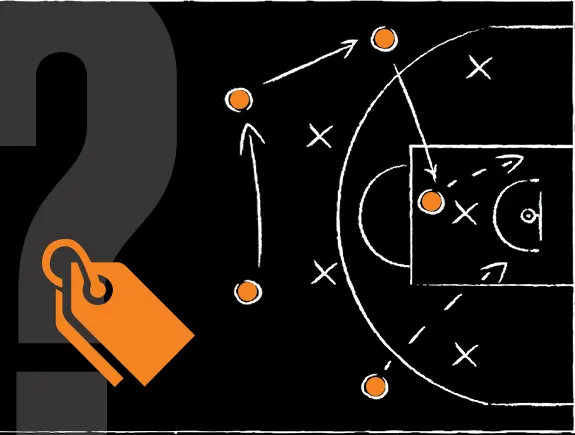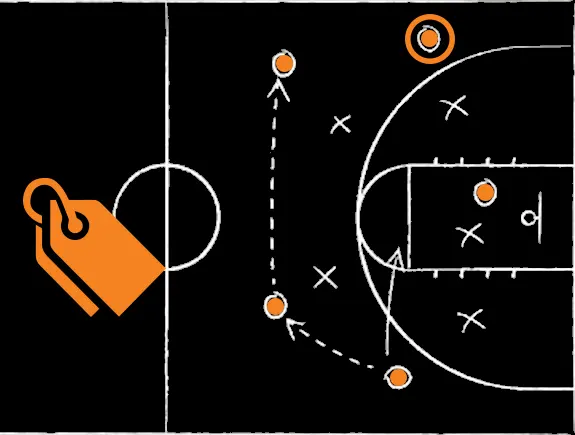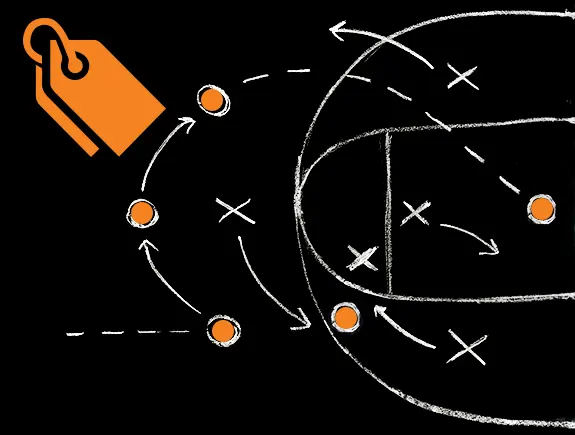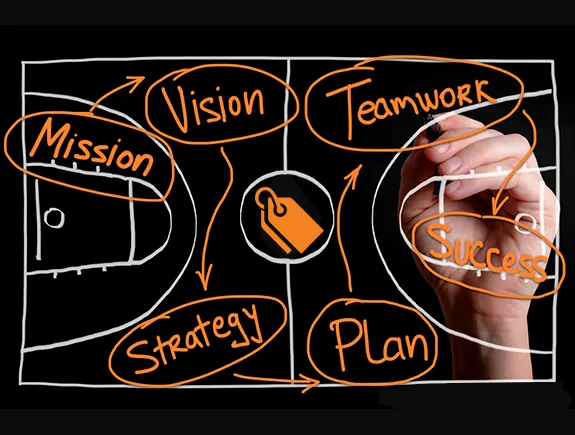Developing a brand strategy is a complex task that requires a lot of time and knowledge. When developing something as complex as a brand strategy, it is important to take a systematic approach, accompanied by research, analysis, planning and finally execution. Brand strategists follow this approach so that the strategy fully matches the client’s goals and is appropriate for the target group.
And in this blog, we will try to explain in detail what the process of creating a brand strategy looks like. This is one of the frequently asked questions and the curiosity of our clients who want to know how it goes and through which stages this process goes is quite understandable. So let’s discover together the stages of creating a brand strategy.
Discovery phase
At this stage, brand strategists usually have to do their best because they need to know everything about the client’s business. The discovery phase assumes the beginning of the journey where the strategist gets to know the brand, target groups, and competition. Think of it as a research adventure where you discover useful information.
To begin with, an in-depth marketing analysis should be done. It involves reviewing various sources and analyses, which will show current marketing trends, customer needs, and future product placement opportunities. The essence of this phase is the collection of small parts, which will fit into a large meaningful whole, which will clearly show the state of the industry.
But of course that’s not all. The next step is researching the competition. It is very important to research the competitors’ strategies in depth. This means researching all the strengths and weaknesses they have. By doing this, the brand will know exactly in which segments it can outperform the competition.
At the very end of this phase, brand strategists talk to members of the client’s team. They try to get additional important information from them. In addition, brand strategists also talk to the brand’s customers, in order to get feedback on how the products manage to satisfy their needs.
Developing strategy
The base is everything – values, USP and target group
After all the crucial information has been collected, the brand strategist finally sets out to design a comprehensive strategy. It’s like putting together small pieces of a puzzle to make a big picture.
This phase begins with defining the basic brand values, which represent the guiding principles in shaping the brand identity. These values are the base on which the whole strategy is further built. It’s all about clearly defining what the brand stands for, how it will change the world around it, and what its beliefs are.
Next, you need to determine the USP (unique selling proposition) or “that something” that makes your brand unique compared to the competition. Something like a superpower that your brand has and why customers choose it over others. Whether it is outstanding quality, the best service, innovative functionalities, or something else – USP brings the brand uniqueness to the market.
And of course, the next step is defining the target group, because a brand strategy cannot be written without this. A brand strategist creates a deep analysis to understand the profile of the ideal customer, as well as needs and wishes. Once the demographics of the target group are precisely determined, the strategist knows how to approach the target group and what to offer them.
Tangible aspects of the brand – positioning, messaging and visual identity
Once finished with the basic elements of the strategy, we move on to some more tangible elements. The first is brand positioning, which involves finding the right place in the market where the product can be placed. It is also the place where the product will attract the most attention and best connect with the target group.
The next segment is messages as a key segment of any brand strategy. In this phase, the brand should get its voice and tone, but also determine how it will communicate with the audience. Sending messages should be a clear and constant process, which will always contain the values of the brand and its USP. Here, it all boils down to the fact that the brand speaks the same language as the target group and that the brand builds a connection with customers through messages.
Visual identity is the topping on the cake of any brand strategy. The essence is to create a striking visual presentation of the brand, which includes the logo, color palette, typography, and overall brand aesthetics. Make sure your logo doesn’t have one of the 7 clear characteristics of bad logo design, as it won’t connect well with your target audience. Also, brand messages and values should become an integral part of the visual identity.
Storytelling and brand narrative
Finally, brand strategists, just like all marketers, know very well how powerful storytelling is. They create effective brand narratives that connect all important brand elements into a coherent whole.
In this way, the brand gets a recognizable story, and its emotional connection with customers is easily created. With the help of these stories, customers will feel like a part of something bigger and not just a part of a transaction. The bottom line is to create a relationship based on trust, authenticity, and shared values.
We check the success of the strategy through monitoring and evaluation
After the strategy is completed, the brand strategist’s job is to monitor its implementation and evaluate the results it brings. A number of tools help them with this. For example. KPIs, i.e. key indicators that show the brand’s level of achievement when it comes to sales or awareness.
But brand strategists are not only concerned with numbers but also with perception. They are interested in the way the customers see the product, what emotions it evokes in them, and its position on the market. Again with a lot of research, they arrive at the information on whether the brand strategy hits the target group. If the answer is YES, then they just continue in the same direction, and if there are some indicators that everything is not going according to plan, the strategy is adjusted and changed.
Titans understand brands and create successful strategies
If your brand also lacks a little structure, a little introspection and you don’t know how the audience sees your brand, maybe it’s time to think about a strategic approach to developing your brand. Only with clearly defined values, target groups, and goals can you expect your brand to follow the right path. If you think all this sounds too complicated for you, it’s time to leave the care of your brand to a team of experts. Contact us, book an appointment, and let’s take your brand to the next level together.













